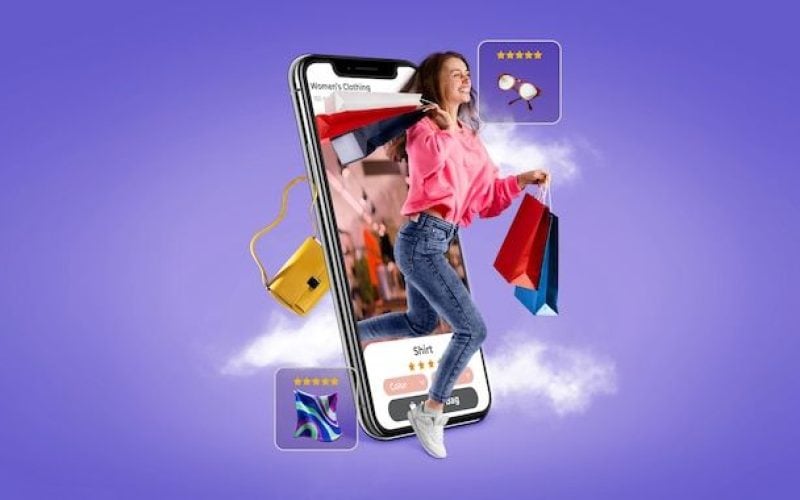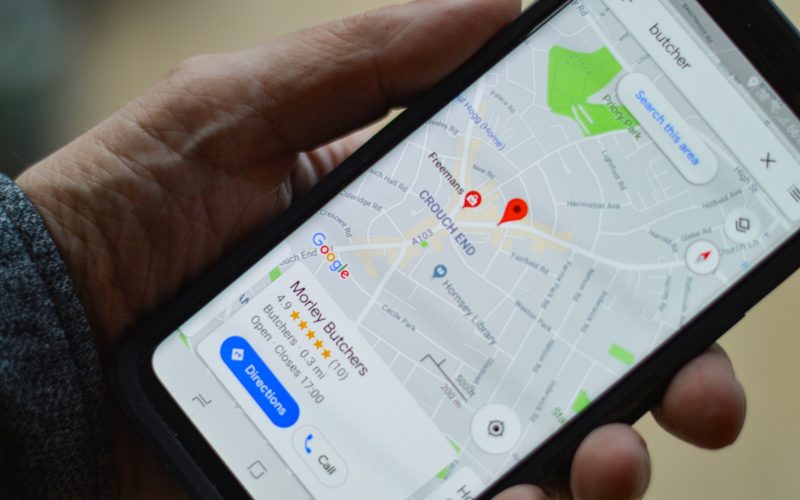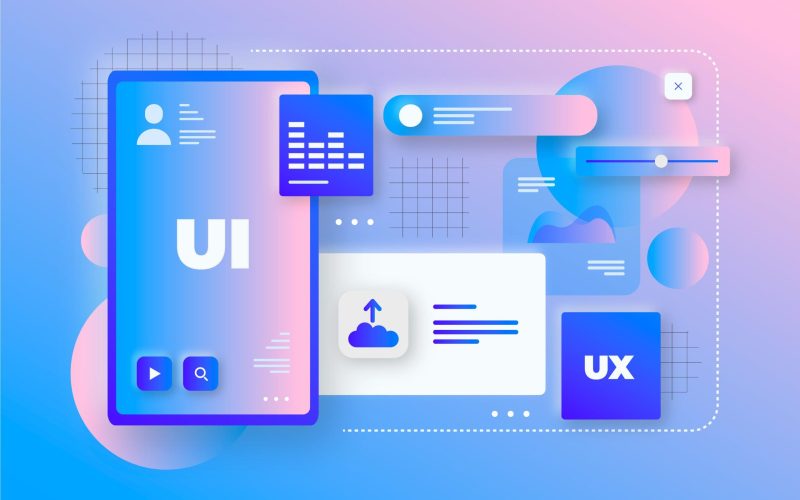Whether you’re an incumbent retailer or a digitally native brand, loyalty is the key to connecting your online and in-store channels. Commerce is ushering in a new era, where customers can shop anywhere and everywhere. Gone are the days of single-channel buyers; smart companies understand that online and offline connectivity is key to future-proofing their business.
Despite knowing that this business change is inevitable and fast approaching, retailers are struggling to catch up. With both established retailers and digital-first brands in mind, this guide will help enterprise brands bridge the business gap and meet the expectations of the hybrid shopper.
The rise of the online-offline shopper
As we deal with a new normal after unprecedented global changes in 2020 and 2021, one thing is clear: customer shopping habits have changed forever. The adoption of digital was unprecedented, and shopping has gone from an intentional decision to an almost serendipitous one as customers flock to online retailers.
According to Accenture, more than 50% of consumers plan to use a combination of in-store and online shopping channels this year. In addition, more than 65% of consumers are trying out different shopping behaviors and intend to incorporate those behaviors in the future. Customers no longer stick to one channel; they go back and forth easily between online and offline. Shoppers scroll through brands’ retail sites while waiting in line at their physical locations.
Consumers now expect faster, easier paths to purchase and a seamless transition between online and offline shopping. A staggering 90% of shoppers expect their experiences with brands to be consistent across all channels. The companies that have survived and thrived under the shift from commerce to digital retailing were those that were able to launch a seamless approach both offline and online.
Connected experiences deliver hyper-relevance across all channels. By creating a single view of customers and leveraging interconnected data collected from multiple touch points, companies can deliver the robust personalization and value that buyers demand, effectively bridging the business gap.
Time to get rid of data silos
Now more than ever, shoppers are looking for personalization and hyper-relevance with every interaction. Personalized experiences keep shoppers coming back and define brands’ retention approaches.
According to McKinsey, brands can see a 5-15% revenue increase when shopper experiences are personalized across all channels. But, to achieve this level of personalization at scale, brands must create a single source of information when it comes to customer profiles.
By connecting online and offline fronts, brands can comprehensively understand shoppers’ paths to purchase (how consumers behave in-store versus online, product preferences, engagement behaviors) and tailor their experiences accordingly.
Online channels allow brands to access customer data before, during and after a purchase cycle. Without centralizing and sharing this customer information, the offline customer experience fails. Disconnected data leads to disparate experiences and, in turn, offline shoppers will receive hyper-generalized experiences rather than a personalized path to purchase.
For traditional and digital retailers to first start personalizing the in-store experience, they must establish customer-facing touchpoints (QR codes, sales associates, mobile device-activated experiences) equipped with online data and capable of collecting information about offline shopper behaviors.
Optimizing data sharing and activation is also becoming increasingly urgent as privacy laws increase. Targeted ads continue to lose efficiency and customer acquisition costs continue to rise, which means brands must ensure they can collect data in new ways and use it effectively.
Online-offline connectivity versus omnichannel marketing
Online and offline connectivity is crucial to creating a successful omnichannel strategy, but these strategies have a different scope. Omni-channel marketing includes collecting and centralizing customer data across all channels: SMS, email, loyalty, customer support. Online and offline connectivity exclusively involves sharing data across the two channels and creating unified shopping experiences.
As companies move toward a fully omnichannel presence, connecting their online and offline channels will inevitably be a vital and lucrative first step. According to a recent ROI Genome report from Analytic Partners, brands that use an omnichannel marketing strategy see a 32% increase in ROI compared to those that do not.
Closing the gap with loyalty
Loyalty programs are the most effective solution for creating consistency and connectivity between customers’ online and offline shopping experiences, making them a clear choice for both established retailers and digitally native brands. Unlike other marketing solutions, loyalty connects with hybrid shoppers while delivering the personalized experiences they crave.
Established retailers face the distinct challenge of connecting their online and offline experiences while still largely using legacy point-of-sale (POS) solutions. In fact, more than 75% of retailers believe that their legacy POS prevents them from delivering a consistent customer experience across all channels. In addition, given the antiquated nature of legacy POS systems, established retailers struggle to keep up with today’s digital transformation and digitally connected customer. However, loyalty programs present a solution through interconnected mobile access points and sales associates.
Digital-first brands face the opposite problem, as they often use more innovative POS solutions that easily support online touchpoints. Rather than transitioning their offline channels to support online travel, digitally native brands need to replicate the top-tier experiences they have curated online in their physical stores. Loyalty programs make this a reality.
When loyal members log in, a brand recognizes them immediately and their experience on the site changes accordingly. When shoppers are in the store, their loyalty program membership continues to color their experience. Through key customer-facing touch points, shoppers receive the same VIP-level experience, regardless of their preferred shopping channel.
When a loyalty member enters a physical retail store and looks at online inventory, their loyalty points and VIP status will be the only marketing touch point they will actively access and interact with.
And loyalty allows companies to get rid of data silos.
Loyalty programs encourage shoppers to share their personal information in exchange for rewards, discounts and/or more personalized experiences, which is especially important now that we are approaching the demise of third-party cookies. By incentivizing shopper engagement both online and offline, loyalty gives brands deep customer insights into product interests, engagement history and purchase behavior that can then be used to drive more targeted marketing efforts.
If you want to outsource this service, Several is specialized in web and ecommerce design and development. Shall we talk?






